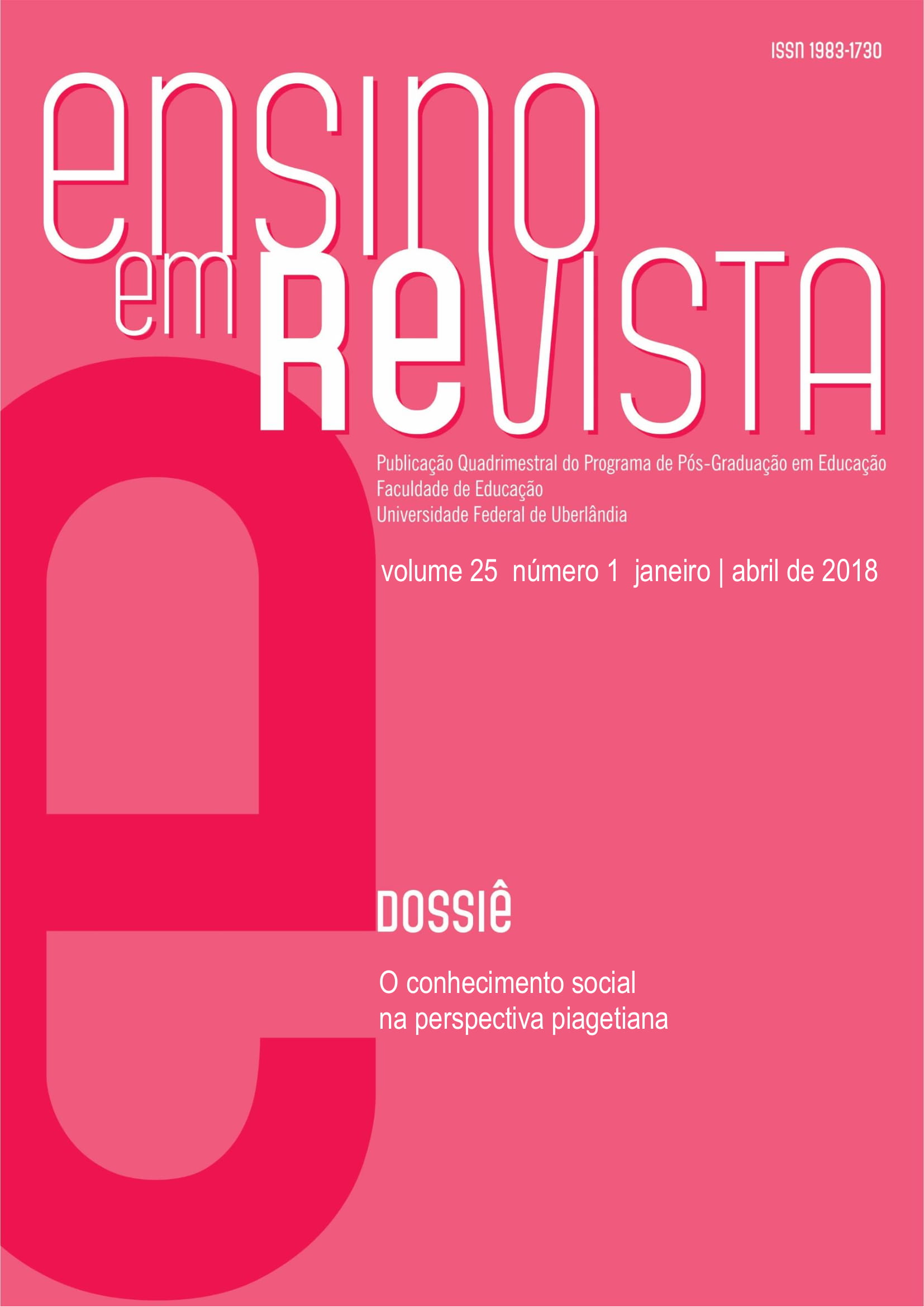From theory to practice: problematization and differentiated methodologies in Numerical Calculus
Main Article Content
Abstract
This paper presents a case studyperformedwith Numerical Calculus class, in the Mathematical undergraduate of University State Paraná.Differentiated methodologies were employed through problem solving, mathematical modeling and new technologies. The goal was to minimize learning problems. For this, a practical activity was carried out with the said class, in which the students had to find an answer to a real problem, using the methodologies used during the course and also the concepts seen in Numerical Calculus. After this activity, it was necessary to maked an evaluation that sought to identified a form of worked in the school.From the answers it was noticed that a great majority of the answers were positive, that is, the students learned in a different way.When asked if the day they act as teacher, would teach using the methodologies experienced, everyone answered yes.With this work, one can see that it is possible and interesting that Numerical Calculus classes are not only restricted to traditional methods, but that these can be articulated with other methodologies that are more active.
Article Details
Section
The published works are the property of their authors, who may make use of them for subsequent publications, always including the original edition (original title, Ensino em Re-Vista, volume, number, pages). All articles in this journal are the sole responsibility of their authors, and no legal responsibility for their content rests with the Journal or EDUFU.
How to Cite
References
ALMEIDA, L.W de. Modelagem Matemática na educação básica. São Paulo: Contexto, 2013.
ALMEIDA, L. M. W. de.; VERTUAN, R. E. Discussões sobre “como fazer” modelagem matemática em sala de aula. In: ALMEIDA, L. M. W. (Org.). Práticas de modelagem matemática: relatos de experiências e propostas pedagógicas. Londrina: Eduel, 2011.
AMARAL, T. R, et al. O ensino de cálculo numérico utilizando o scilab. Rio Grande do Sul, 2013. 9 f. Trabalho apresentado no VI Congresso Internacional de Ensino da Matemática. Ulbra, 2013.
BASSANEZI, R. C. Ensino-aprendizagem com modelagem matemática: uma nova estratégia. São Paulo: Contexto, 2002.
BRASIL. Orientações Curriculares para o ensino médio: Ciências da Natureza, Matemática e suas Tecnologias. Ministério da Educação, Secretaria de Educação Basica, 135p., 2008.
COLOMBO, J. A.; LAGOS, M. B(Org.). Problemas, Quem não tem?. Pato Branco, Imprepel, 2005.
DANTE, L.R. Didática da resolução de problemas. São Paulo: Ática, 1989.
EVES, H. Introdução a história da matemática. Campinas, SP: Editora da UNICAMP, 2004.
GIL, A. C. Didática do ensino superior. São Paulo: Atlas, 2015.
HOHENWARTER, M. (2014). O que é GeoGebra. 2007. Disponível em: http://www.nre.seed.pr.gov.br/cascavel/arquivos/File/CRTE/geogebra/apostila_curso.pdf. Acesso em: 21 de out. 2015.
NOGUTI, F. C. H. (2005). O livro “THÉORIE DES APPROXIMATIONS NUMÉRIQUES ET DU CALCUL ABRÉGÉ” de Agliberto Xavier. Dissertação (Mestrado em Educação Matemática) – Universidade Estadual Paulista, Rio Claro, 2005.
OLIVEIRA, C.C; MARIM, V. (Org.). Educação matemática:contextos e práticas docentes. Campinas, SP: Editora Alínea, 2010.
PARANAGUÁ. Guia Turístico da Ilha do Mel. Disponível em: http://www.paranagua.pr.gov.br/conteudo/guia-turistico/ilha-do-mel. Acesso 21 de ago. 2016.
POLYA, G. A arte de resolver problemas.Rio de Janeiro: Interciência, 2006.
SPERANDIO, D. Cálculo numérico: características matemáticas e computacionais dos métodos numéricos. São Paulo: Prentice Hall, 2003.

